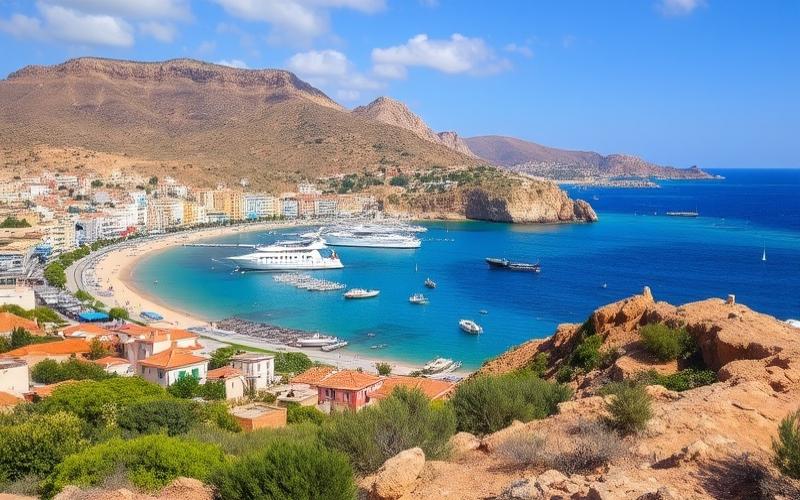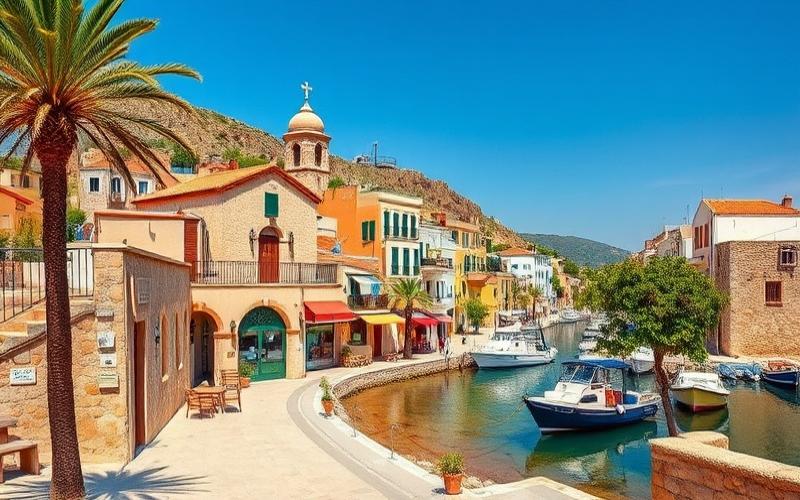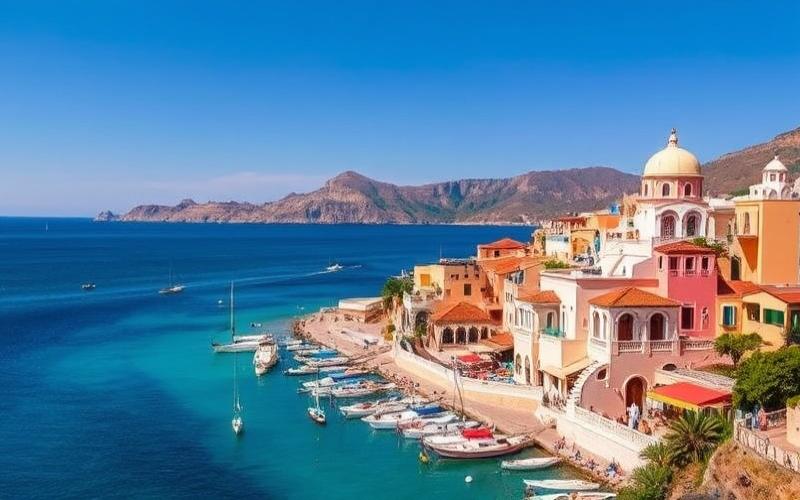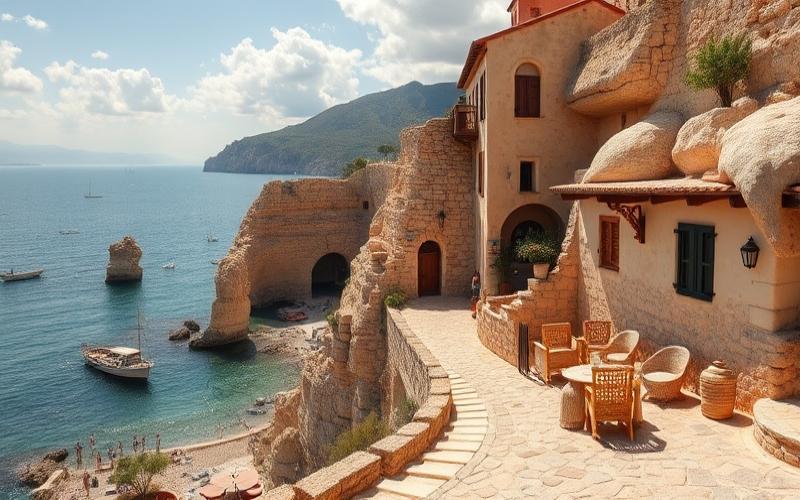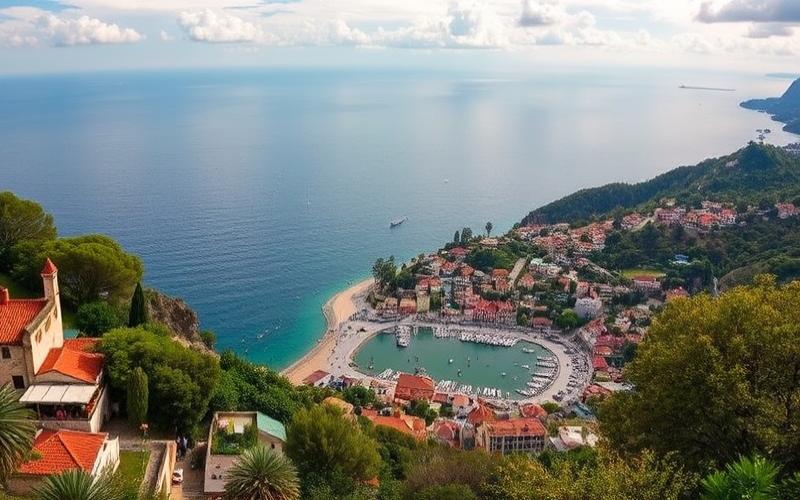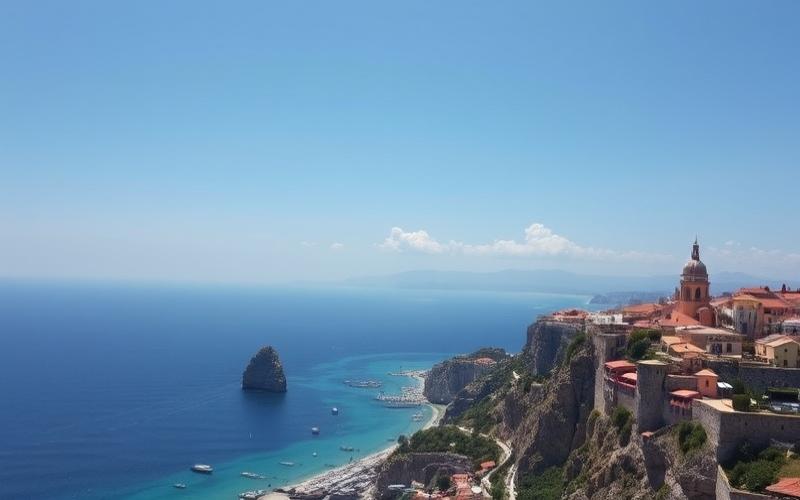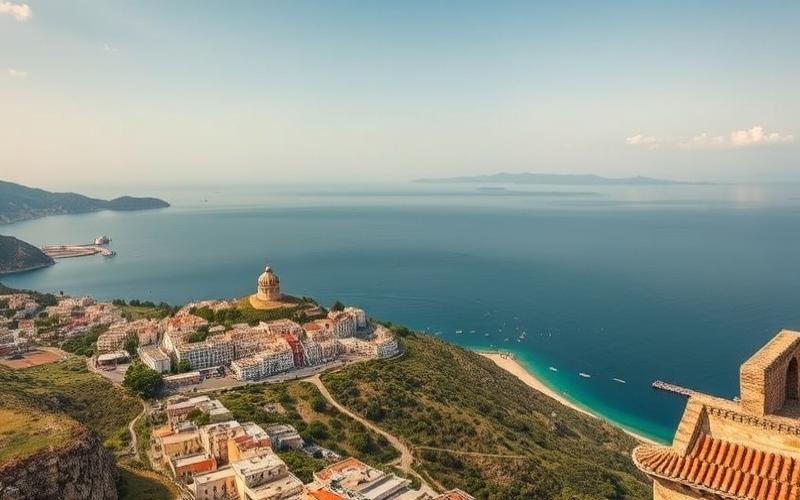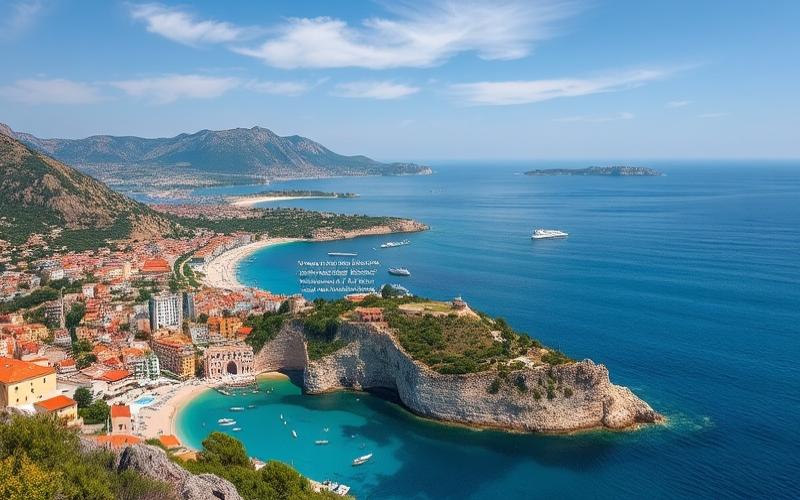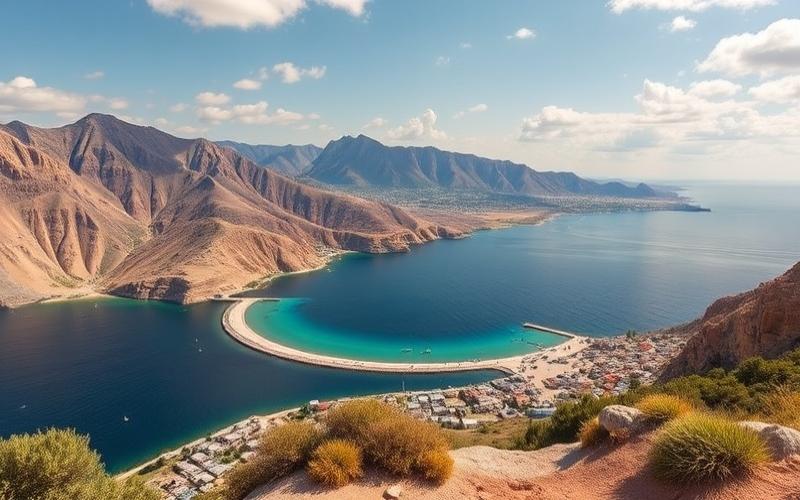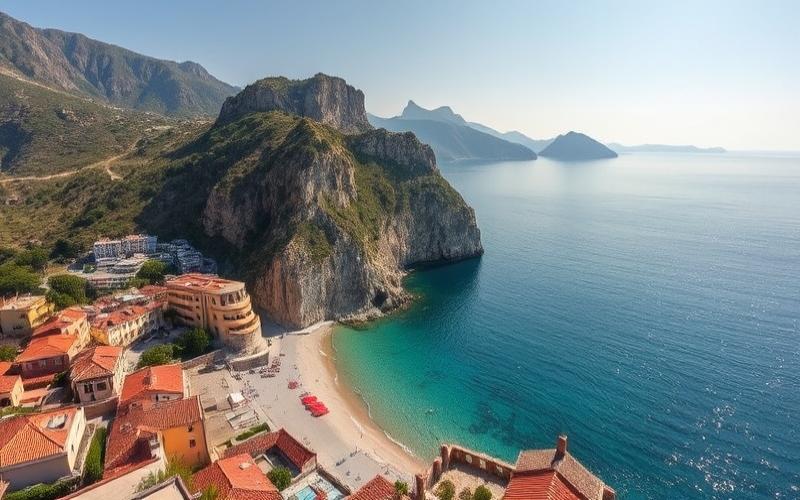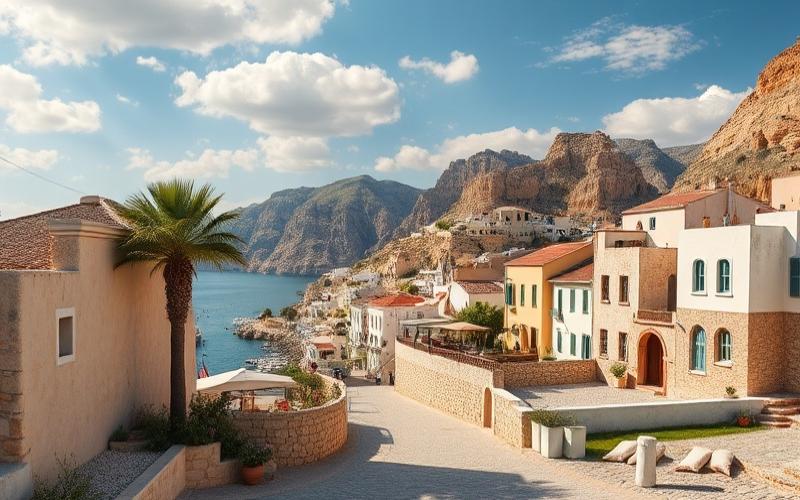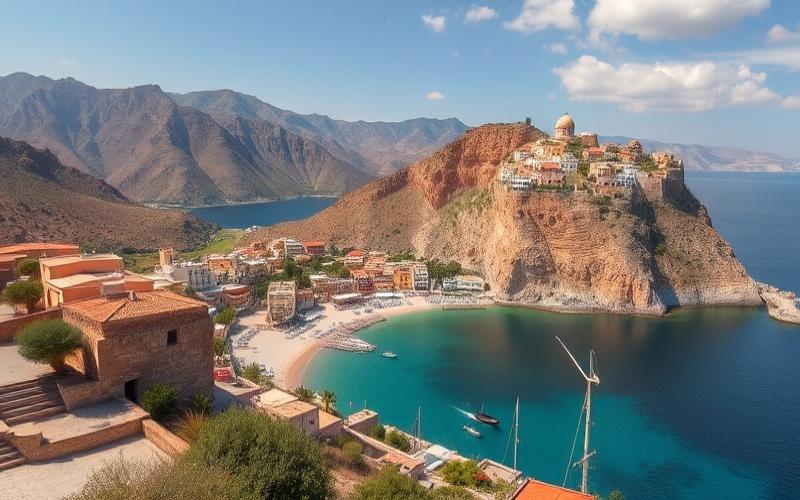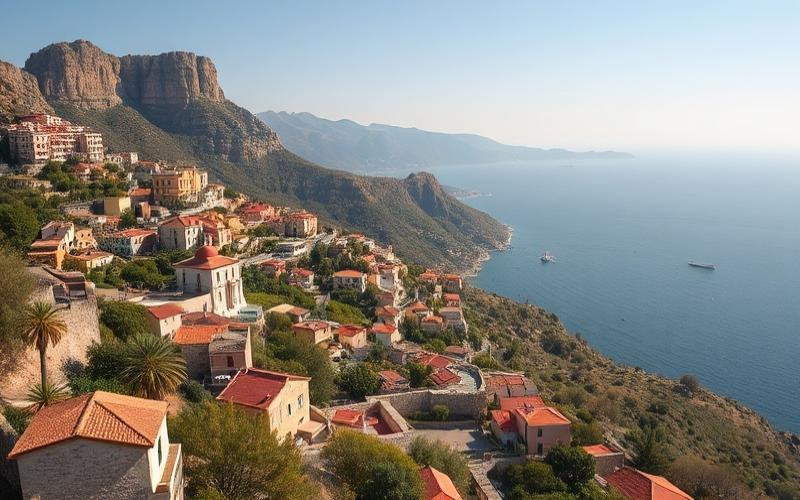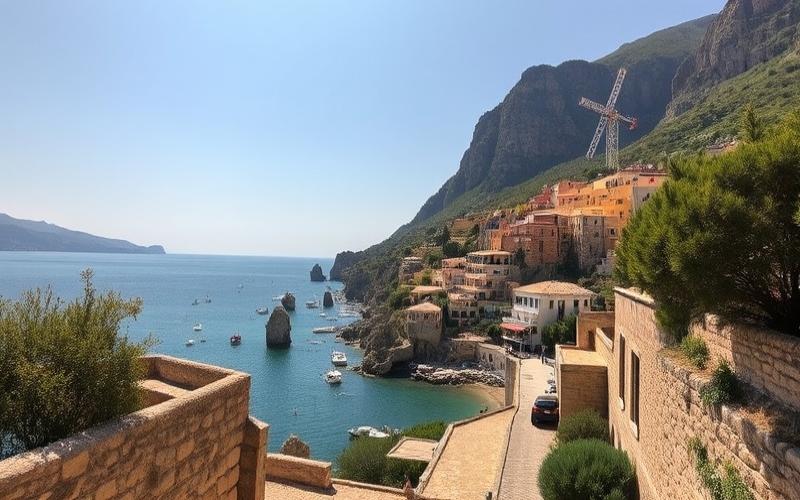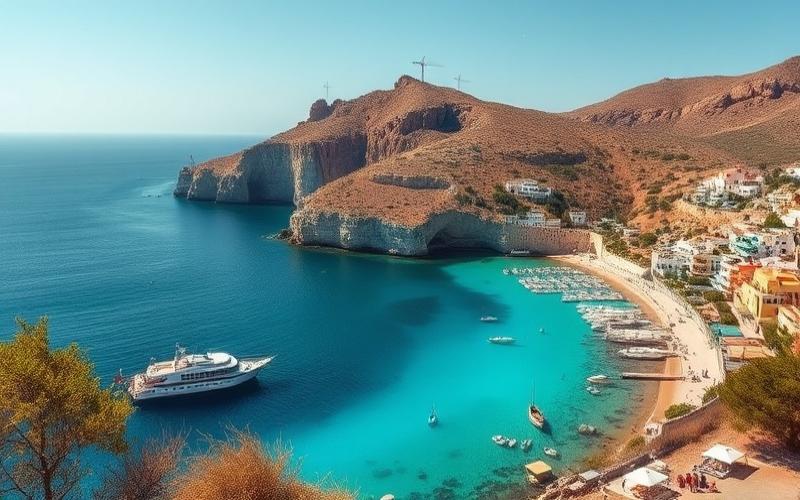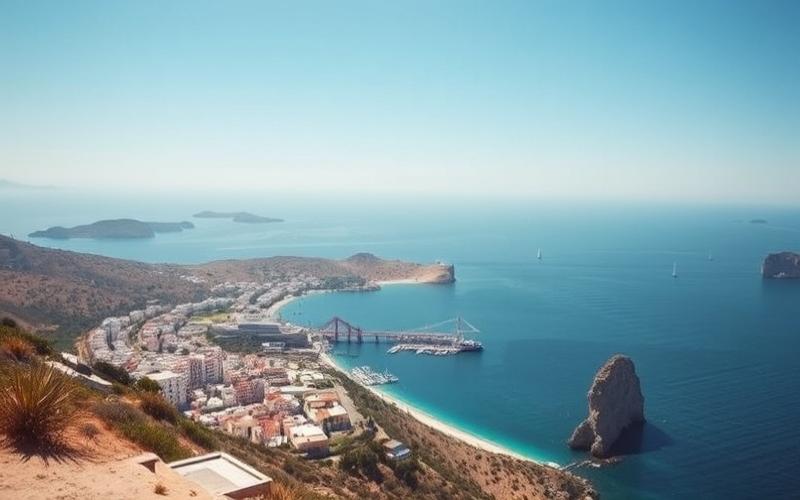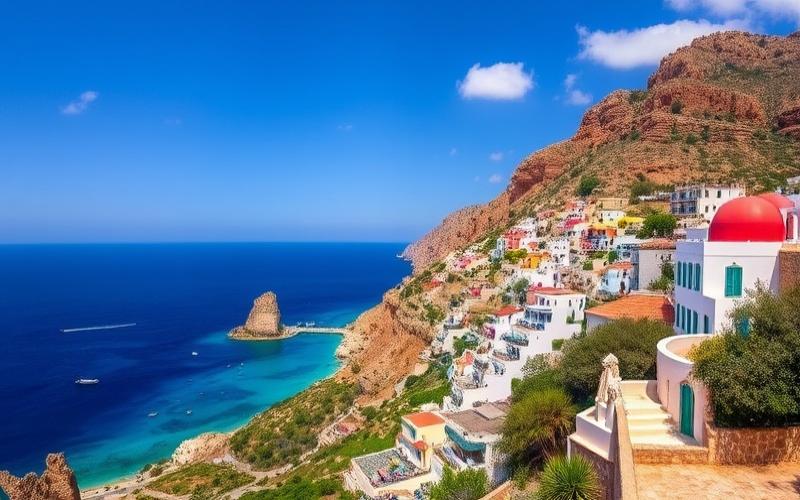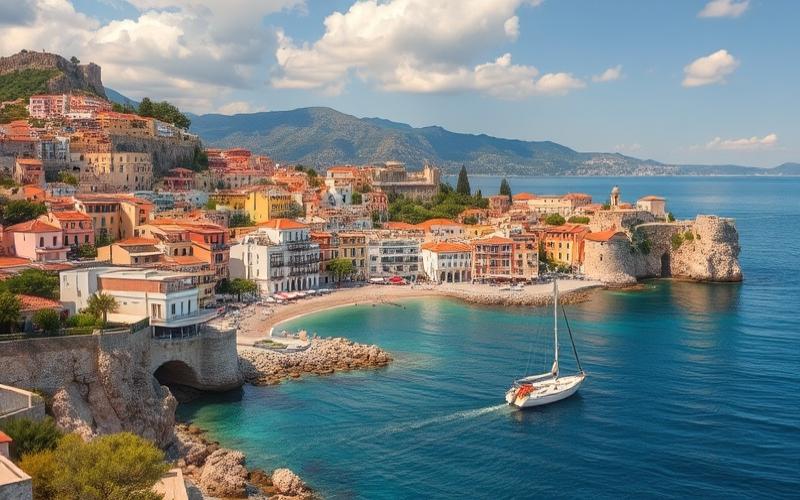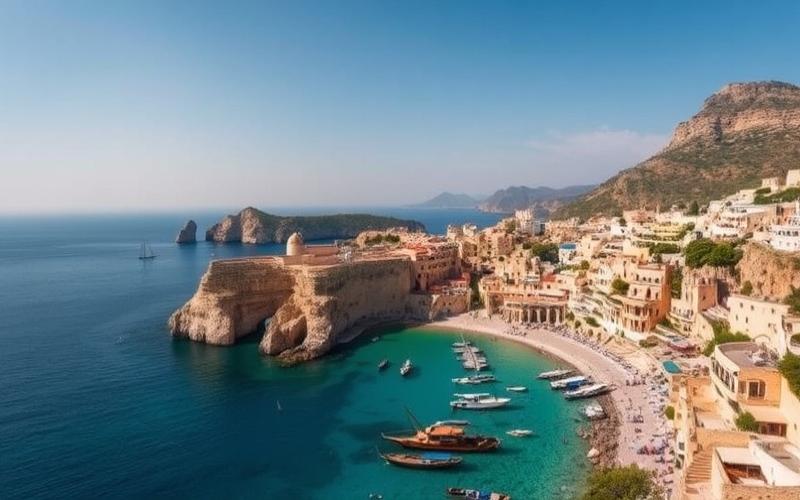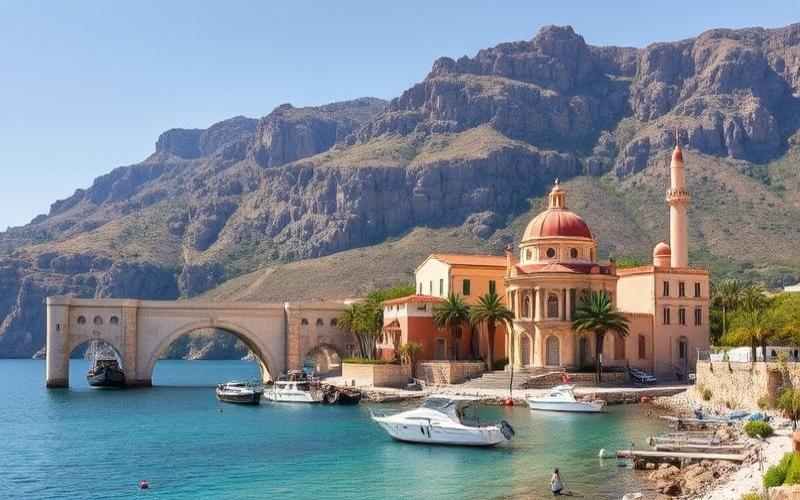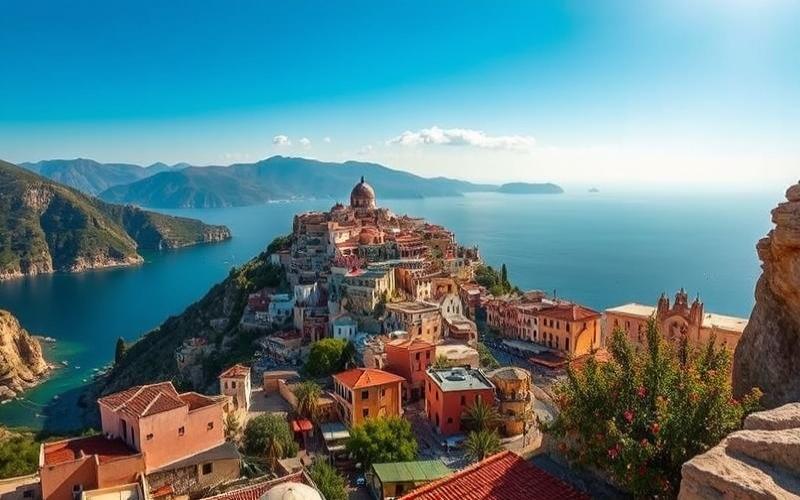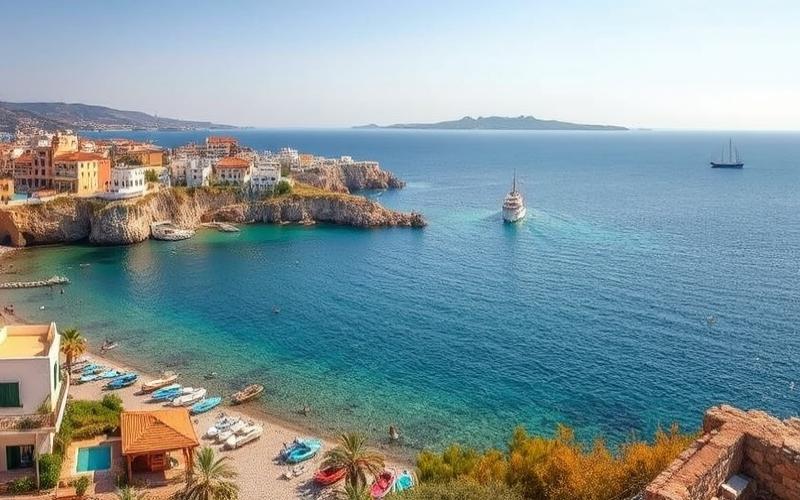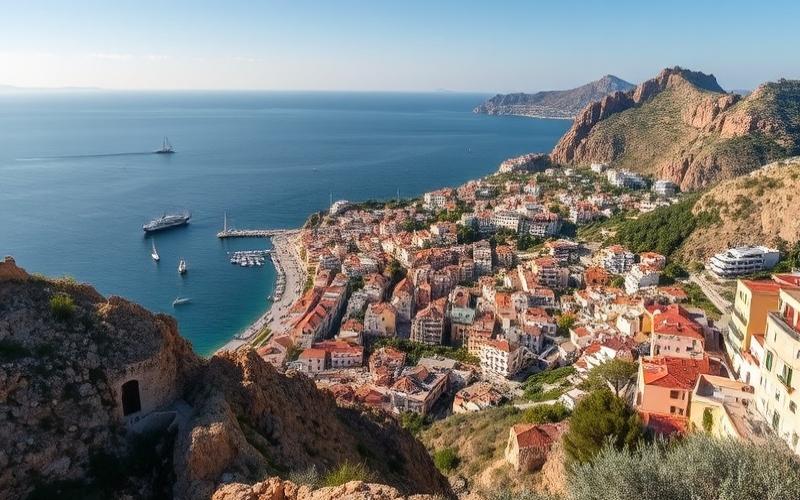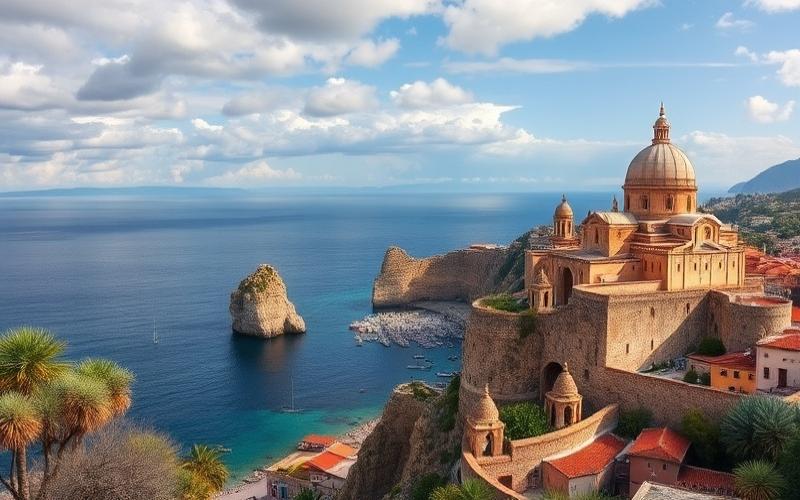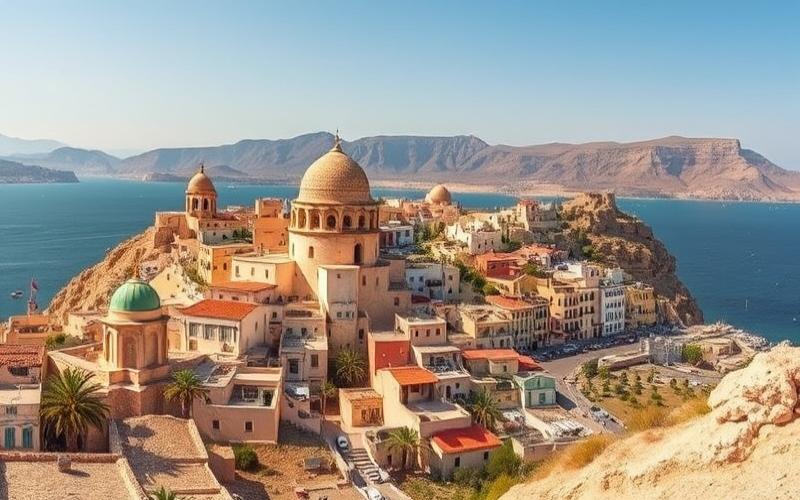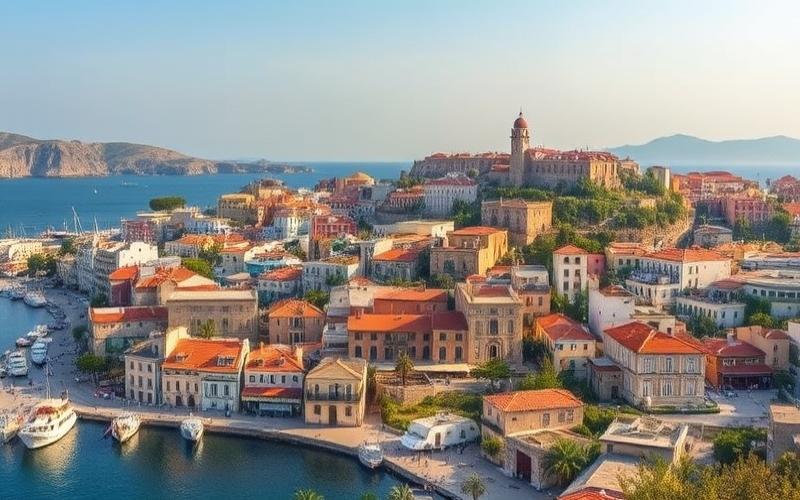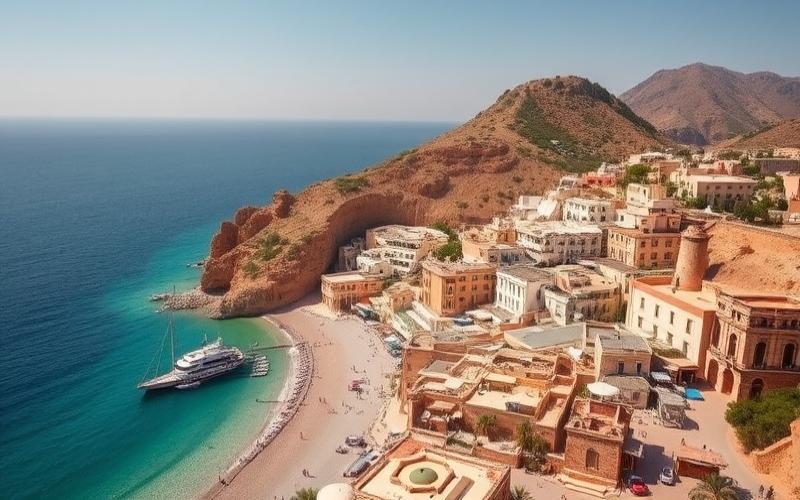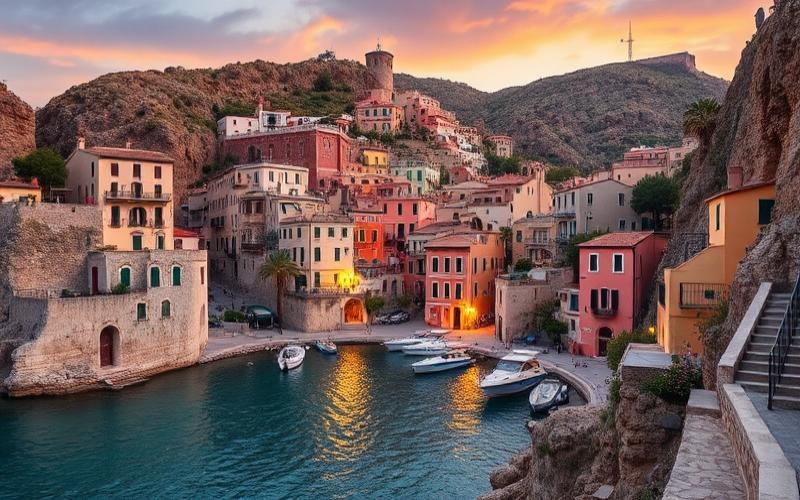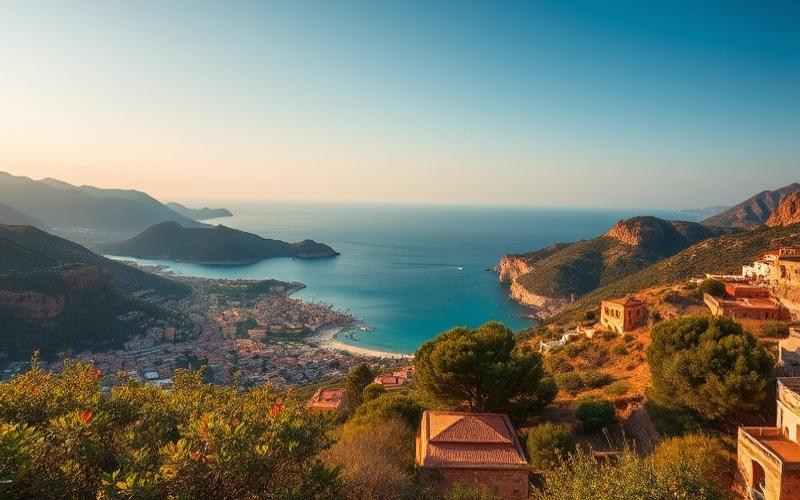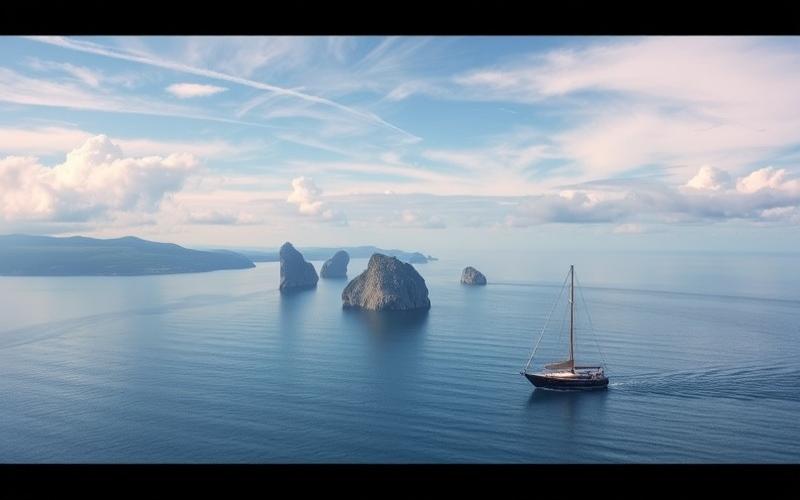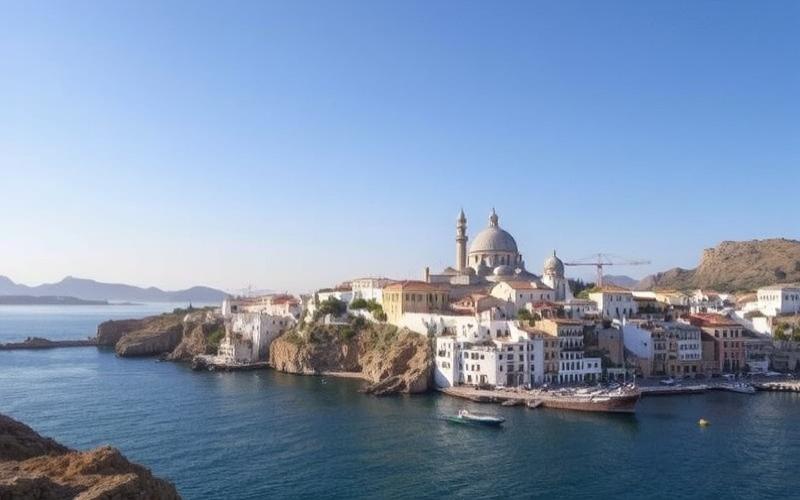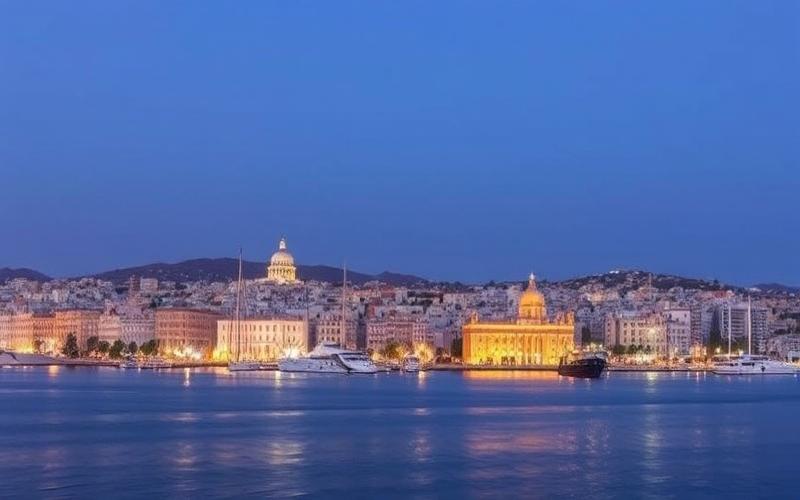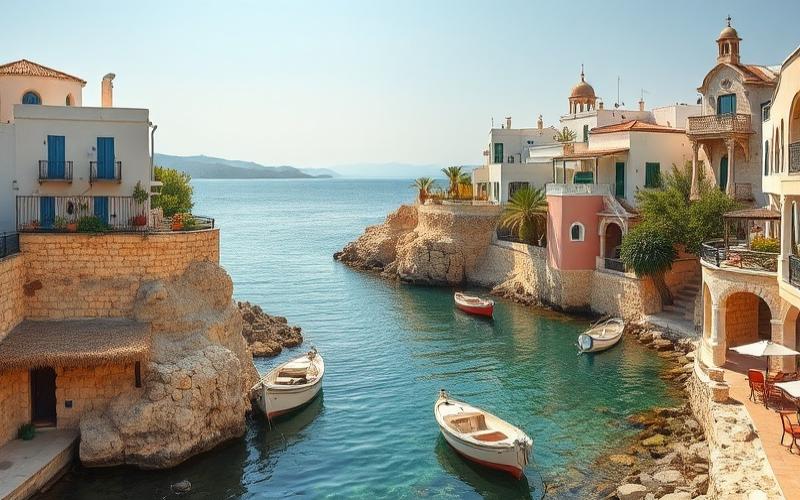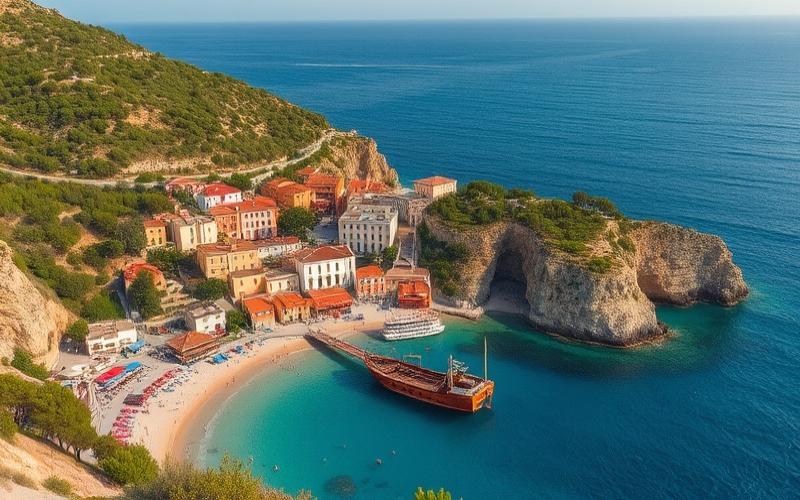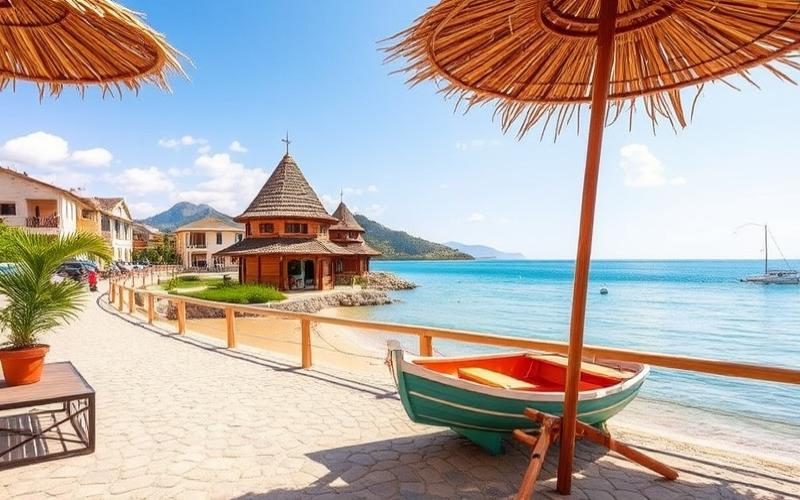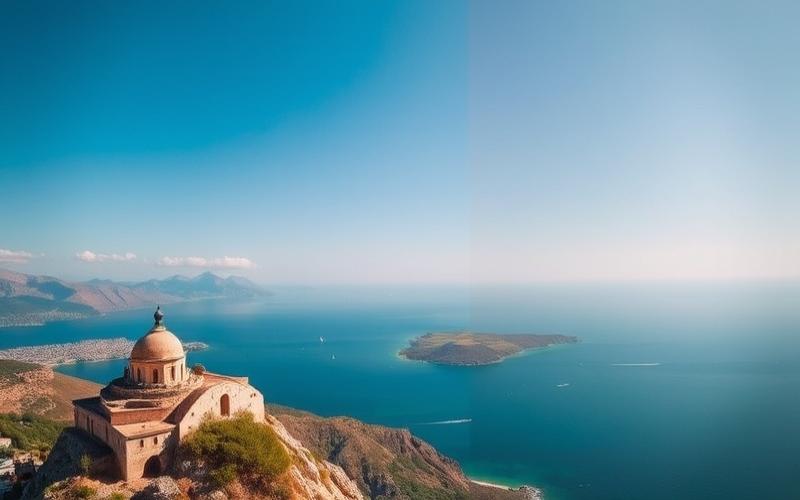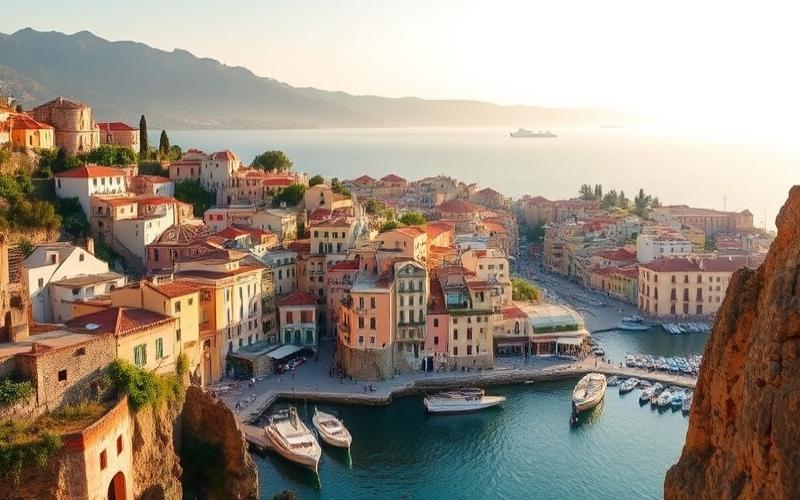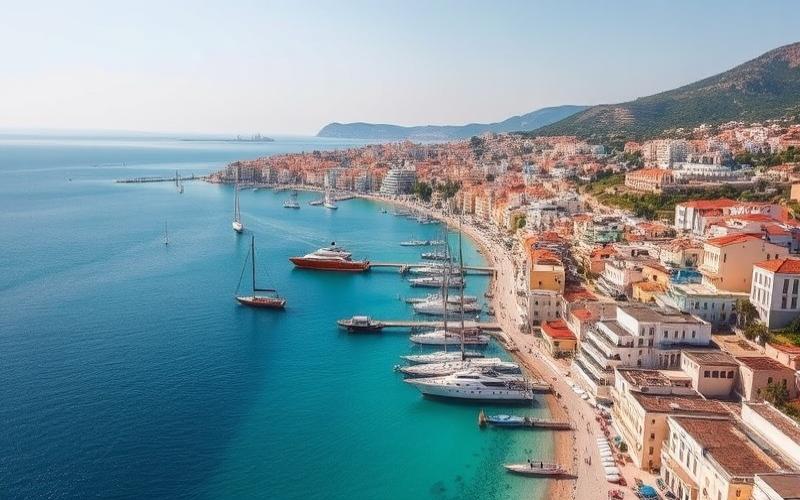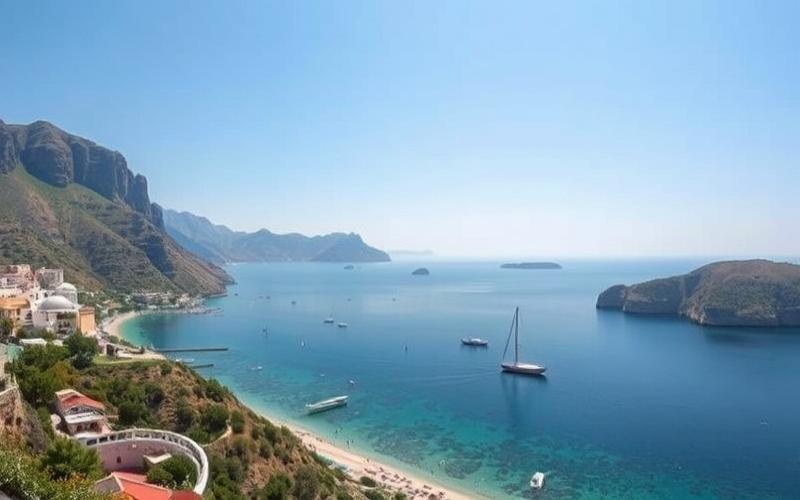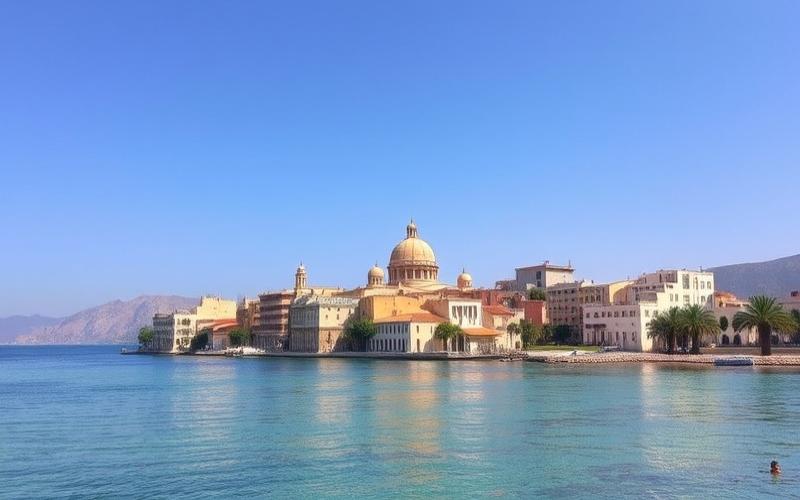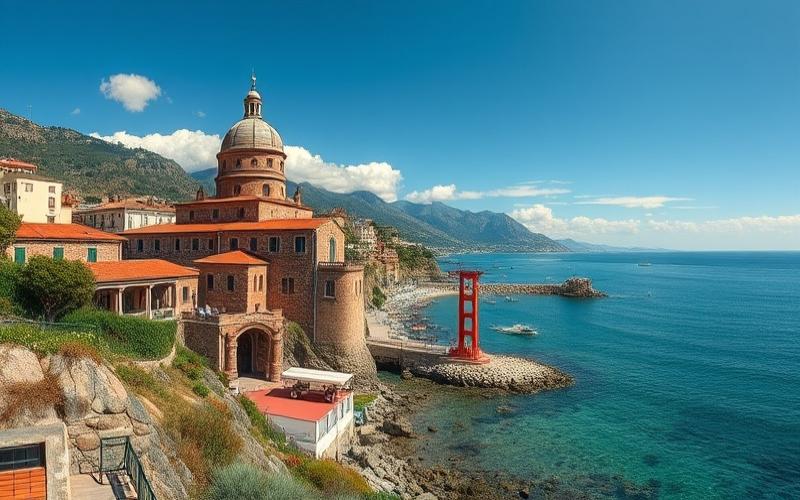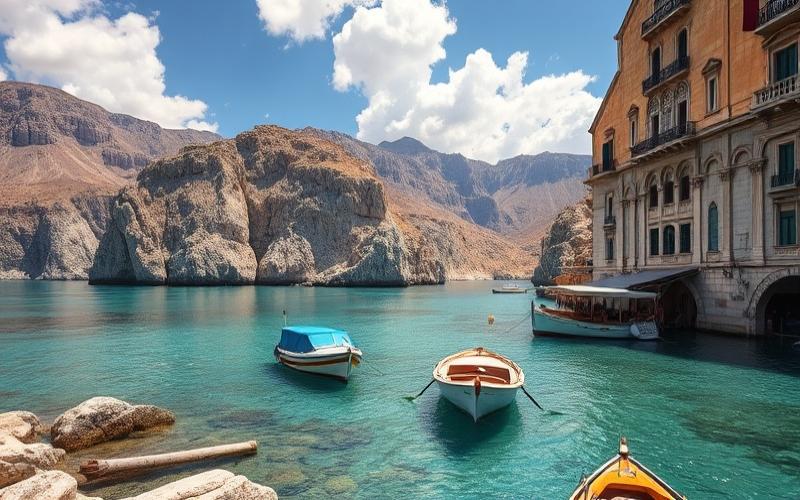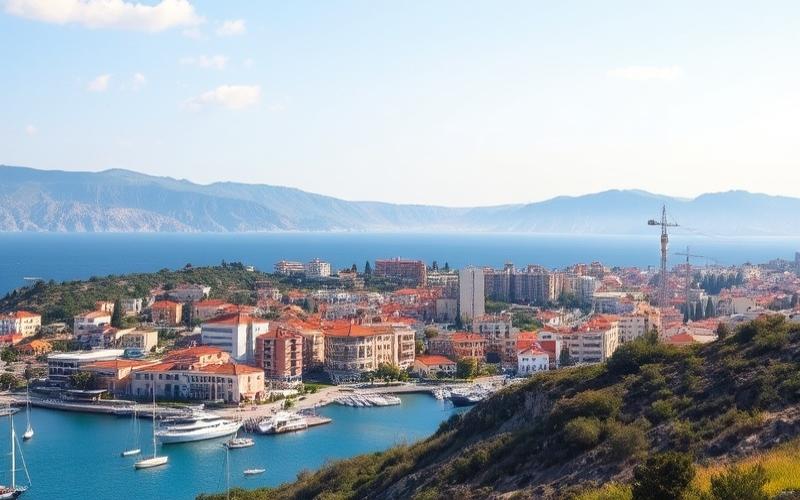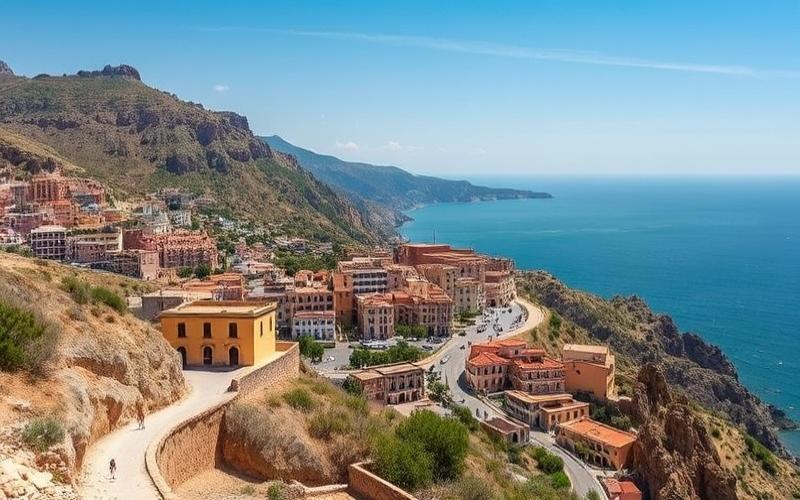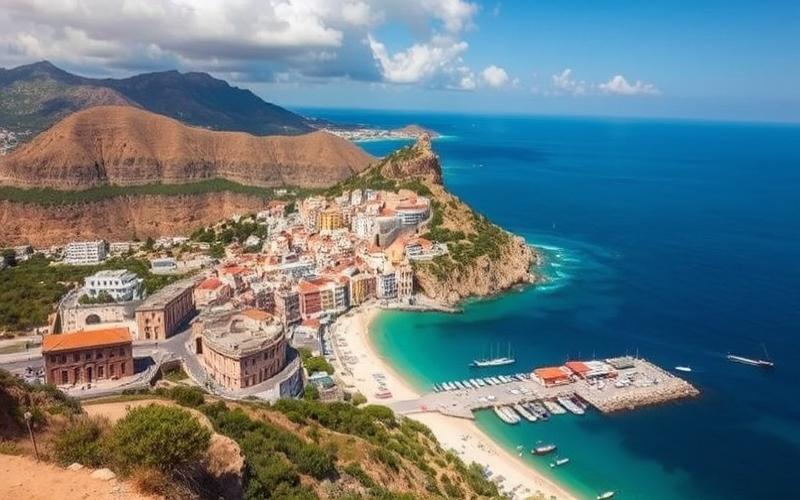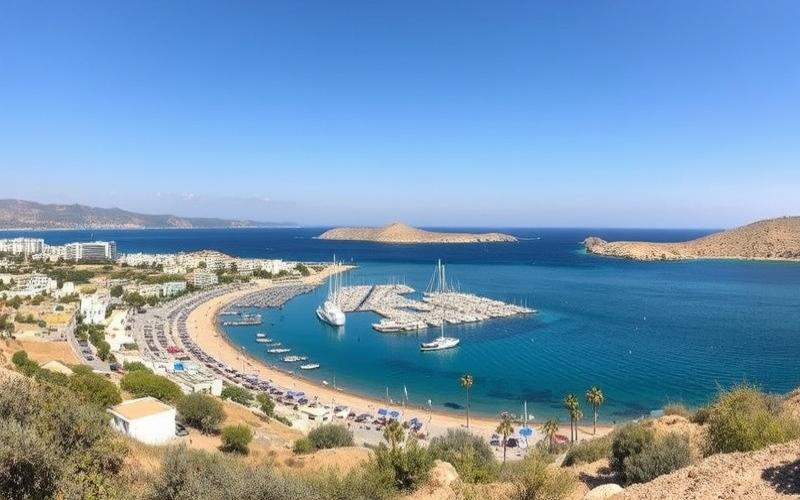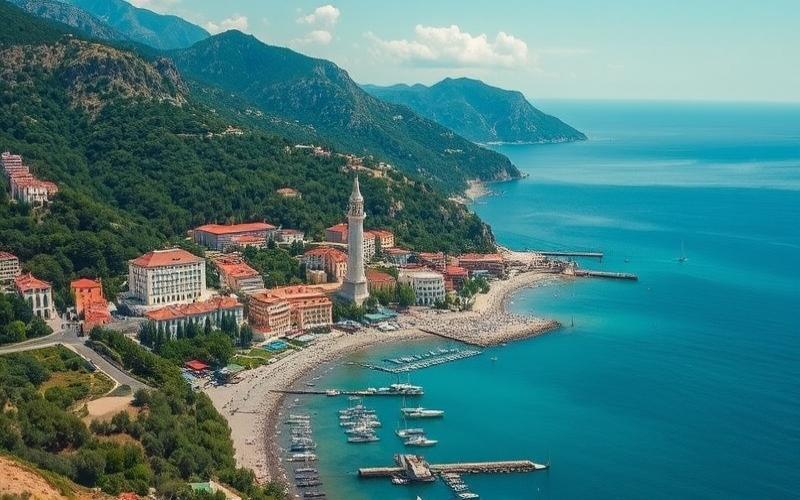
 Published on and written by Cyril Jarnias
Published on and written by Cyril Jarnias
Cyprus, Mythical Island at the Crossroads of Civilizations
Cyprus, a mythical island at the crossroads of civilizations, continues to spark curiosity and enthusiasm among travelers worldwide. Among its hidden treasures, artist villages emerge as true cultural gems, offering a unique fusion of contemporary art and local traditions.
Art and Profitability: A Crucial Question
However, a question arises: are these creative havens primarily choices of cultural investment, or do they mask a more pragmatic objective of profitability?
The Balance Between Artistic Identity and Economic Development
Through an exploration of the dynamics driving these picturesque villages, this article examines the fine line between preserving artistic identity and pursuing economic development, inviting the reader to discover how art and market forces intertwine at the heart of the Cypriot landscape.
Good to Know:
Artist villages in Cyprus are often located in picturesque settings, combining preserved nature and human creativity.
Cypriot Artistic Communities and Their Impact on Real Estate
The main Cypriot artistic communities have their roots in the island’s millennia-old history, shaped by multiple influences ranging from Mesopotamia to Ancient Greece. Village crafts developed under the influence of local traditions and external contributions, giving rise to a unique artistic identity, particularly centered on weaving, embroidery, and pottery. While some disciplines like wood carving or traditional goldsmithing have declined, others continue in villages through skills passed down from generation to generation.
Main Cypriot Artistic Hubs:
- Lefkara: famous for its traditional “Lefkaritika” embroidery.
- Fikardou: a museum village listed as a UNESCO World Heritage site for its architecture and craft workshops.
- Lania: known for its contemporary art galleries and appeal to local and international artists.
- Kakopetria & Omodos: picturesque villages where the development of artist workshops attracts tourists and investors.
Comparative Table — Artistic Influence on the Real Estate Market
| Village | Artistic Specialty | Real Estate Price Evolution (2015–2024) | Variation vs National Average |
|---|---|---|---|
| Lefkara | Embroidery | +42% | +17% |
| Lania | Galleries & Painting | +55% | +30% |
| Fikardou | Architecture/Crafts | +38% | +13% |
| Omodos | Crafts/Wine | +36% | +11% |
| Other Rural Areas | Little/No Artistic Activity | +22% | – |
Concrete Examples:
– In Lania, the number of galleries increased from 2 to over 10 in ten years; this dynamic doubled high-end real estate transactions between 2015 and 2024.
– In Lefkara, the revival of craftwork led to a notable increase in cultural tourism; some renovated properties now reach up to €3,500/m² compared to a rural island average around €2,100/m².
Financial Stakes Related to Artistic Communities
The massive arrival of artists or the creation of “creative villages” often stimulates private investment in these localities. This phenomenon frequently leads to a moderate form of urbanization or even the beginning of gentrification:
Positive Points:
- Renovation of old buildings
- Creation of sustainable economic activities (galleries/shops/events)
- Overall increase in local socio-economic level
Negative Points:
- Rapid price increases that may exclude some long-term residents
- Occasional tensions with local populations regarding changes in the social fabric
- Risk of intangible heritage becoming merely a tourist product
Local perception is mixed: while many residents see this renewal as a major economic opportunity—particularly through heritage enhancement—some denounce the “showcase effect” that artificially drives up real estate values without direct benefits for all.
For foreign investors or urban Cypriots seeking secondary or residential properties, these areas become particularly attractive due to the cachet brought by their unique cultural dimension.
Good to Know:
Cypriot artistic communities, such as those in Lefkara, Lania, and Kato Drys, have gradually transformed the island’s cultural and economic landscape. For example, Lefkara, famous for its lace and crafts, has seen the arrival of artists revitalize its traditional charm, influencing the real estate market with an approximate 30% price increase over the past ten years. This phenomenon attracts new buyers eager to invest in heritage properties and participate in cultural preservation. However, this dynamic leads to some gentrification, sparking debates among local residents concerned about preserving their way of life, while investors see an opportunity to profit by capitalizing on the area’s artistic and historical appeal. The average property value in these artistic villages can be up to 20% higher than in non-artistic areas, reflecting their growing desirability.
Boxed Summary
Cypriot artistic communities have played a central role in rural real estate dynamism for the past ten years. Their presence not only leads to heritage revaluation but also to major social issues related to the rapid evolution of the local land market.
Renovating Farms into Artistic Spaces: A Cultural Project
Renovating farms into artistic spaces in Cyprus constitutes a significant cultural project for several major reasons:
- These renovations help preserve and enhance traditional Cypriot architectural heritage, where stone structures, imposing roofs, and wooden frames testify to a past marked by various historical influences. They thus give a second life to often abandoned or underutilized buildings while maintaining the authenticity of the rural landscape.
- By transforming these farms into artist workshops, creative studios, or exhibition galleries, they attract not only local and international creators but also curious visitors eager to discover this revisited heritage. This helps revitalize villages threatened by rural exodus and encourages their reinvestment.
The benefits for the local community are multiple:
- Economic Development: The influx of cultural tourists generates increased demand for accommodation, dining, and local crafts.
- Job Creation: New positions emerge in building renovation, cultural management, and related services (tour guides, restaurants).
- Cultural Revitalization: Regular organization of artistic workshops (contemporary mural painting inspired by ancient frescoes), creative residencies, or exhibitions fosters exchange between artists and residents.
Concrete Examples:
| Renovated Farm | Hosted Activities | Observed Impacts |
|---|---|---|
| Traditional Lefkara House | Textile Workshops & Studios | Revival of craft weaving; increased tourism |
| Limassol Buildings | Gallery & Event Space | New cultural venues; urban dynamism |
Potential Challenges Encountered in These Projects:
- Funding: The high cost of work can hinder initiatives. Actively seeking European grants (ERDF), private patronage, or artistic crowdfunding are possible solutions.
- Administrative Permissions: Constraints related to heritage classification often require close collaboration with local authorities to ensure any modernization respects the historical character of the site.
- Technical Modernization: Adapting electrical or sanitary infrastructure without altering the original structure requires architectural innovation (discreet use of modern technologies as seen in urban redevelopment in Nicosia).
Encouraging partnerships between municipalities, local cultural associations, and private investors would not only ease the financial burden but also ensure that each project remains faithful to heritage expectations while meeting current needs.
This type of transformation therefore fully aligns with a sustainable approach where conservation rhymes with social and economic innovation.
Good to Know:
Renovating farms into artistic spaces in Cyprus is a significant cultural initiative as it preserves architectural heritage while revitalizing villages by attracting artists and visitors. These renovations highlight the importance of protecting the past while integrating contemporary artistic practices. Successful examples include the Agios Theodoros farm, transformed into pottery and painting workshops, and the Kato Dris farm, which now hosts studios and a modern art gallery. These projects energize local cultural life, create jobs, and stimulate the economy by attracting tourists and encouraging the purchase of local materials. However, these initiatives may face challenges such as the need for funding, obtaining complex building permits, and modernizing infrastructure. To overcome these obstacles, it is essential to establish public-private partnerships, utilize available cultural grants, and promote crowdfunding campaigns for community support.
Creative Eco-Villages in Cyprus: A New Investment Vision
The island of Cyprus, located at the crossroads of Europe, the Levant, and Africa, is experiencing significant development of its eco-villages, combining ancestral traditions and a modern vision of sustainable development. These alternative communities represent a new investment approach combining ecology, culture, and local economy.
Cypriot eco-villages have seen notable evolution in recent years, as evidenced by the eco-village database that lists projects of all sizes and at different development stages. Among these initiatives, the Chirokitia Eco project stands out for its commitment to a holistic lifestyle integrating five main aspects of personal health, including physical well-being.
These communities are part of a broader urban revitalization effort in Cyprus, aiming to make municipalities greener, stimulate the economy, and improve daily life for the population. This ecological transition manifests through various initiatives:
- Creation of pedestrian zones and bicycle path networks
- Installation of solar photovoltaic systems
- Modernization of waste management
- Development of eco-friendly public transportation
The investment potential in these eco-villages is considerable, particularly for projects combining art and ecology. These investments can contribute to the island’s economic prosperity, reminiscent of the golden age Cyprus experienced in the 14th century with significant urban and commercial development.
| Eco-Village Aspects | Benefits for Investors | Community Impact |
|---|---|---|
| Renewable Energy Production | Reduced Energy Costs | Decreased Carbon Footprint |
| Organic Agriculture | New Economic Sectors | Local Food Sovereignty |
| Shared Creative Spaces | Resource Pooling | Cultural Dynamism |
| Eco-Responsible Tourism | Income Diversification | Heritage Preservation |
Community initiatives in Cyprus also participate in international movements like World Cleanup Day, demonstrating their ability to mobilize locally while integrating into global networks.
Cyprus’s rich history, with its first permanent human settlements dating back to 11,500-10,500 BC, provides fertile ground for these communities that reinvent lifestyles by drawing inspiration from ancestral practices while adapting them to contemporary challenges.
“We want to reduce congestion and pollution and invest in climate change adaptation. All things considered, the biggest beneficiaries of the project are the economy and the population.”
This holistic vision of development, where ecology, economy, and social well-being intertwine, makes Cypriot eco-villages models of social and environmental innovation, attracting artists, entrepreneurs, and investors seeking meaningful and economically viable projects.
Good to Know:
In Cyprus, creative eco-villages are emerging as hubs of attraction for artists and investors seeking to combine sustainability and innovation. These communities, like Lania and Tochni, integrate ecological practices while providing a framework conducive to artistic development, encouraging activities ranging from sculpture to music and ceramic workshops. Investors find attractive potential here, combining cultural and ecological impact projects while contributing to local economic development through sustainable tourism and job creation. The balance between financial profitability and cultural contribution manifests through annual festivals and artist residencies, positioning these villages as examples of economic and creative symbiosis.
Disclaimer: The information provided on this website is for informational purposes only and does not constitute financial, legal, or professional advice. We encourage you to consult qualified experts before making any investment, real estate, or expatriation decisions. Although we strive to maintain up-to-date and accurate information, we do not guarantee the completeness, accuracy, or timeliness of the proposed content. As investment and expatriation involve risks, we disclaim any liability for potential losses or damages arising from the use of this site. Your use of this site confirms your acceptance of these terms and your understanding of the associated risks.

